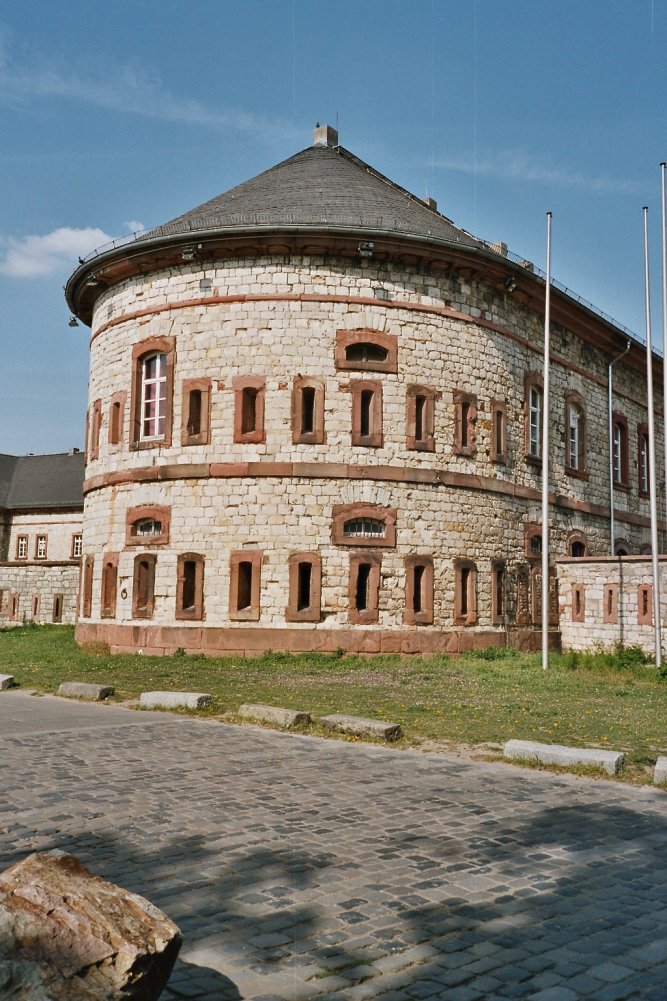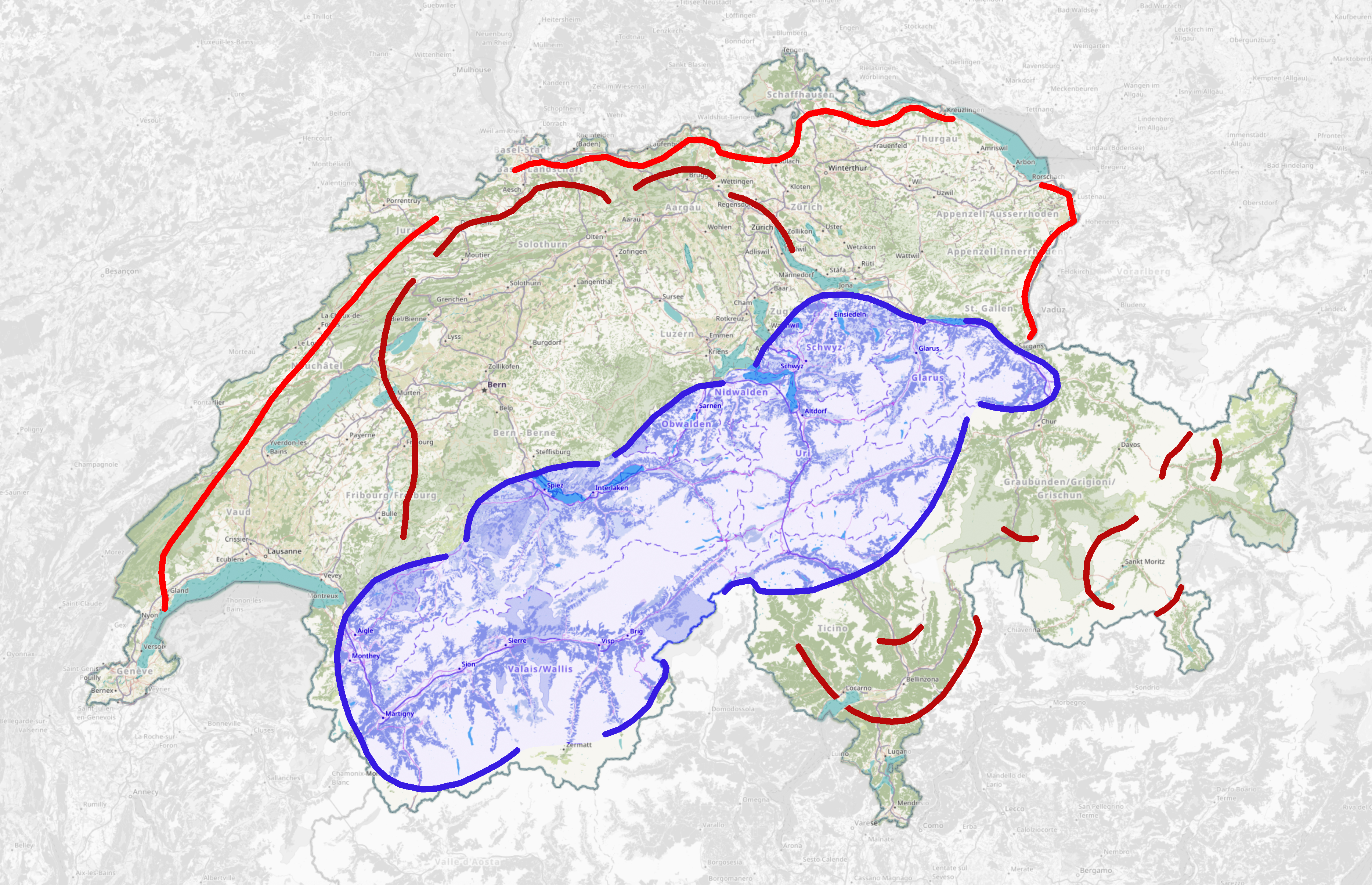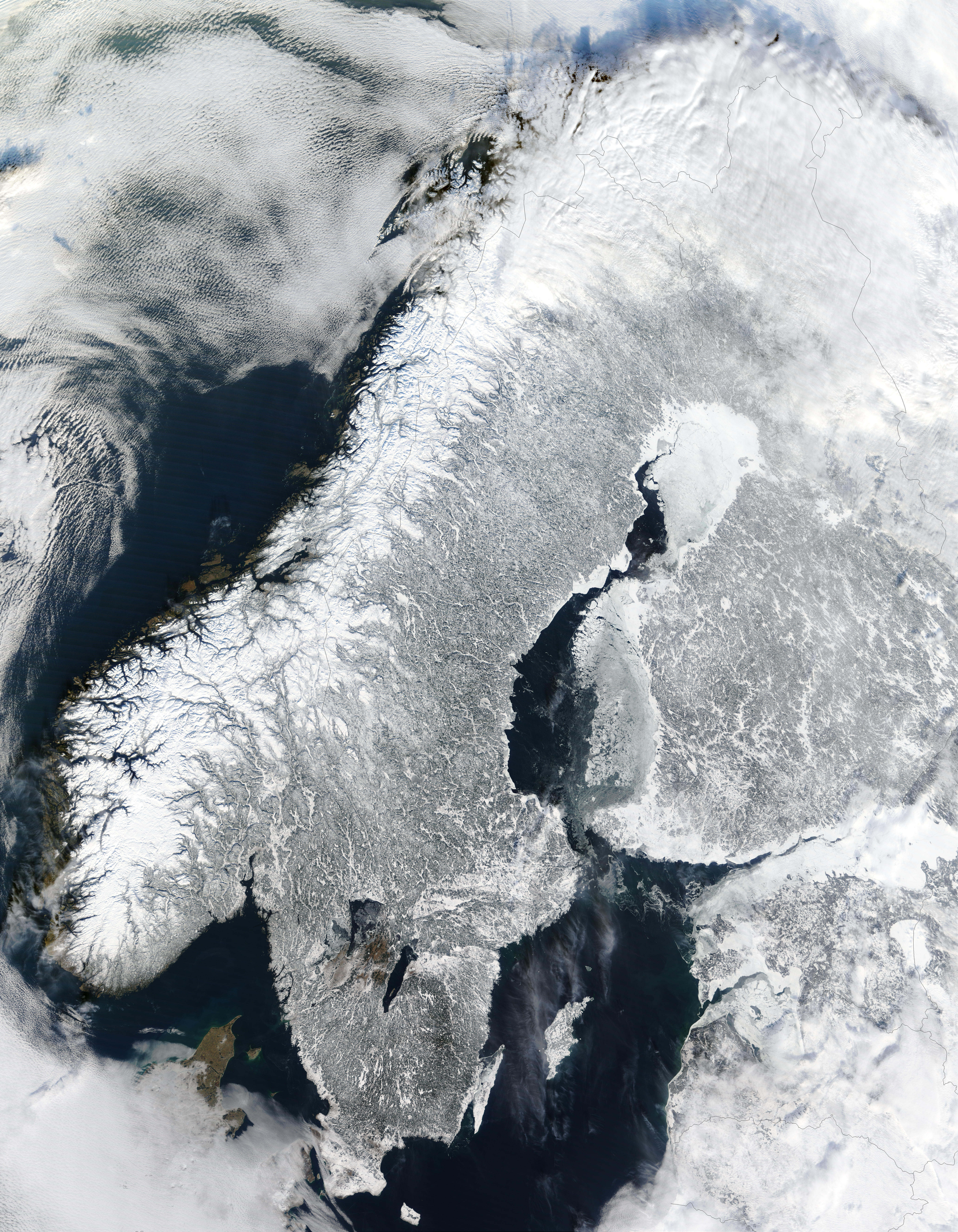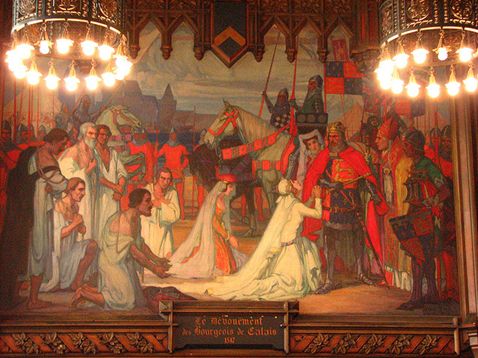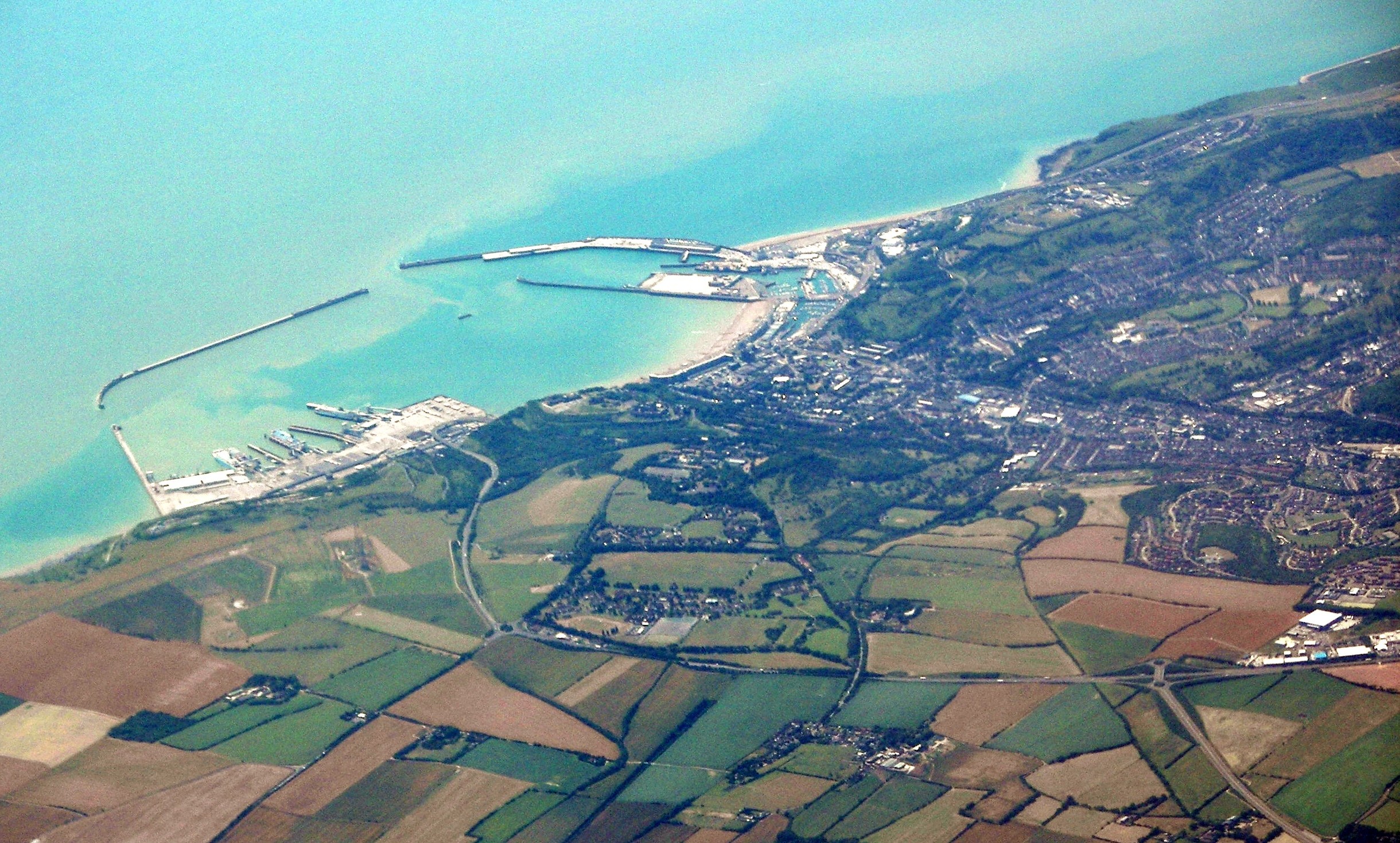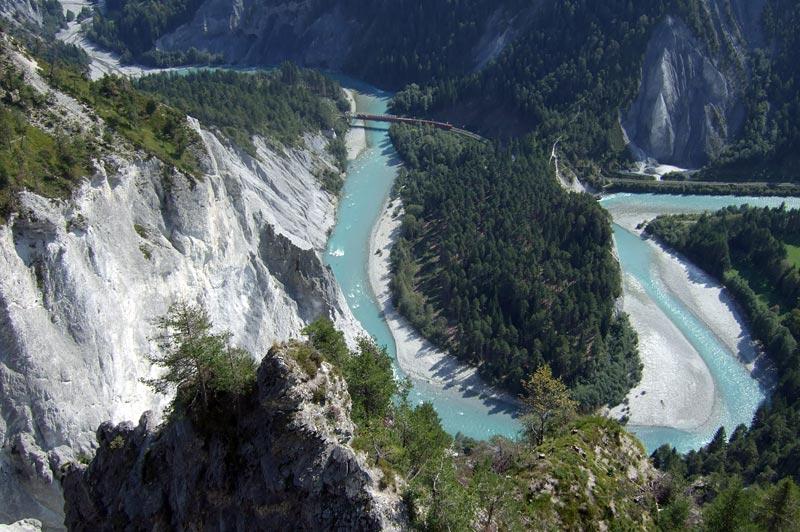|
Reduit
A reduit is a fortified structure such as a citadel or a keep into which the defending troops can retreat when the outer defences are breached. The term is also used to describe an area of a country that, through a ring of heavy fortifications or through enhancing through fortification the defences offered by natural features such as mountains, will be defended even when the rest of the country is occupied by a hostile power. . An entry for this word was first included in New English Dictionary, 1904. *1948 Times 31 Dec. 3/3 "The obsolete conception of a national reduit has been abandoned in favour of an extra-territorial base established in the Belgian Congo". *2003 Macpherson ''Amer. Intelligence War-time London'' vi. 177 "As for the Reduit (or Redoubt), this was the rumoured area for 'a last-ditch stand' in the Bavarian, Austrian and Italian Alps". National Reduit In English the term National redoubt is fairly commonly used. A redoubt is an outlying fortification, so its ... [...More Info...] [...Related Items...] OR: [Wikipedia] [Google] [Baidu] |
Redoubt
A redoubt (historically redout) is a Fortification, fort or fort system usually consisting of an enclosed defensive emplacement outside a larger fort, usually relying on Earthworks (engineering), earthworks, although some are constructed of stone or brick. It is meant to protect soldiers outside the main defensive line and can be a permanent structure or a hastily constructed temporary fortification. The word means "a place of retreat". Redoubts were a component of the military strategies of most European empires during the colonial era, especially in the outer works of Vauban-style fortresses made popular during the 17th century, although the concept of redoubts has existed since medieval times. A redoubt differs from a redan in that the redan is open in the rear, whereas the redoubt was considered an enclosed work. Historically important redoubts English Civil War During the English Civil War, redoubts were frequently built to protect older fortifications from the more effe ... [...More Info...] [...Related Items...] OR: [Wikipedia] [Google] [Baidu] |
National Redoubt
A national redoubt or national fortress is an area to which the (remnant) military forces of a nation can be withdrawn if the main battle has been lost or even earlier if defeat is considered inevitable. Typically, a region is chosen with a geography favouring defence, such as a mountainous area or a peninsula, to function as a final holdout to preserve national independence and host an effective resistance movement for the duration of the conflict. Western Europe Belgium From the middle of the 19th century until 1914 the fortress city of Antwerp was the official National Redoubt of Antwerp in Belgium. Fortress Antwerp was a defensive belt of fortifications built in two rings to defend Antwerp. Antwerp was designated to be a national redoubt ( or ) in case Belgium was attacked. It was built in the period 1859–1914. In total it encompasses a belt of fortifications of 95 km. During the 1914 Siege of Antwerp it held out for 12 days. France In 1940, Brittany was briefly ... [...More Info...] [...Related Items...] OR: [Wikipedia] [Google] [Baidu] |
National Redoubt (Belgium)
The National Redoubt (, ) was a strategic defensive belt of fortifications built in Belgium. The National redoubt was the infrastructural cornerstone of Belgian defensive strategy from 1890–1940. The following fortifications and defensive constructions were an integral part of the National Redoubt at different times: * the Fortified Position of Liège (Luik) with a number of forts * the Fortified Position of Namur (Namen) with a number of forts * Fort Eben-Emael * the K-W line: a "canal" from Koningshooikt to Wavre, to defend against tank incursions * another anti-tank canal in the Kempen, roughly aligned with the outer ring of fortifications around Antwerpen * the coastal defenses as a retreat position against invasion troops The most important part of the national redoubt was a double ring of defensive forts around the city and port of Antwerp. The National Redoubt was a -long belt of fortifications built from 1859 to 1914, as the strongest defensive position of Belgiu ... [...More Info...] [...Related Items...] OR: [Wikipedia] [Google] [Baidu] |
National Redoubt (Switzerland)
The Swiss National Redoubt (; ; ; ) is a defensive plan developed by the Swiss government beginning in the 1880s to respond to foreign invasion. In the opening years of the Second World War the plan was expanded and refined to deal with a potential German invasion. The term "National Redoubt" primarily refers to the fortifications begun in the 1880s that secured the mountainous central part of Switzerland, providing a defended refuge for a retreating Swiss Army. The National Redoubt encompassed a widely distributed set of fortifications on a general east–west line through the Alps, centering around the major fortress complexes of St. Maurice, St. Gotthard, and Sargans. These fortresses primarily defended the alpine crossings between Germany and Italy and were outside the industrialized and populated regions of Switzerland. These regions were defended by the "Border Line", and the "Army Position" somewhat farther back. While not intended as an impassable barrier, these lines c ... [...More Info...] [...Related Items...] OR: [Wikipedia] [Google] [Baidu] |
Peninsula
A peninsula is a landform that extends from a mainland and is only connected to land on one side. Peninsulas exist on each continent. The largest peninsula in the world is the Arabian Peninsula. Etymology The word ''peninsula'' derives , . The word entered English in the 16th century. Definitions A peninsula is generally defined as a piece of land surrounded on most sides by water. A peninsula may be bordered by more than one body of water, and the body of water does not have to be an ocean or a sea. A piece of land on a very tight river bend or one between two rivers is sometimes said to form a peninsula, for example in the New Barbadoes Neck in New Jersey, United States. A peninsula may be connected to the mainland via an isthmus, for example, in the Isthmus of Corinth which connects to the Peloponnese peninsula. Formation and types Peninsulas can be formed from continental drift, glacial erosion, meltwater, glacial meltwater, glacial deposition (geology), deposition, ... [...More Info...] [...Related Items...] OR: [Wikipedia] [Google] [Baidu] |
Dunkirk
Dunkirk ( ; ; ; Picard language, Picard: ''Dunkèke''; ; or ) is a major port city in the Departments of France, department of Nord (French department), Nord in northern France. It lies from the Belgium, Belgian border. It has the third-largest French harbour. The population of the commune in 2019 was 86,279. Etymology and language use The name of Dunkirk derives from West Flemish 'dune' or 'dun (fortification), dun' and 'church', thus 'church in the dunes'. A smaller town 25 km (15 miles) farther up the Flemish coast originally shared the same name, but was later renamed Oostduinkerke(n) in order to avoid confusion. Until the middle of the 20th century, French Flemish (the local variety of Dutch language, Dutch) was commonly spoken. History Middle Ages A fishing village arose late in the tenth century, in the originally flooded coastal area of the English Channel south of the Western Scheldt, when the area was held by the County of Flanders, Counts of Flanders, va ... [...More Info...] [...Related Items...] OR: [Wikipedia] [Google] [Baidu] |
Calais
Calais ( , , traditionally , ) is a French port city in the Pas-de-Calais department, of which it is a subprefecture. Calais is the largest city in Pas-de-Calais. The population of the city proper is 67,544; that of the urban area is 144,625 (2020). and it is reflected in the city's name in the local Picard language, ''Calés''. Other archaic names for the city are Portuguese ''Calêsio'' and German ''Kalen''. ''Kales'', the city's historic name in Dutch and West Flemish (once spoken in the area) was retained until more recently in the name for the Strait of Dover, ''Nauw van Kales'', and is still used in Dutch sources wishing to emphasise former linguistic ties to the area. Though the modern French spelling of ''Calais'' gradually supplanted other variants in English, the pronunciation () persisted and survives in other towns named for the European city including Calais, Maine, and Calais, Vermont, in the United States. In " De Gustibus" (1855), Robert Browning r ... [...More Info...] [...Related Items...] OR: [Wikipedia] [Google] [Baidu] |
Boulogne
Boulogne-sur-Mer (; ; ; or ''Bononia''), often called just Boulogne (, ), is a coastal city in Hauts-de-France, Northern France. It is a Subprefectures in France, sub-prefecture of the Departments of France, department of Pas-de-Calais. Boulogne lies on the Côte d'Opale, a touristic stretch of French coast on the English Channel between Calais and Normandy, and the most visited location in the region after the Lille conurbation. Boulogne is its department's second-largest city after Calais, and the 183rd-largest in France.Téléchargement du fichier d'ensemble des populations légales en 2017 Institut national de la statistique et des études économiques, INSEE It is also the country's largest fishing port, specialising in herring. Boulogne is an ancie ... [...More Info...] [...Related Items...] OR: [Wikipedia] [Google] [Baidu] |
Channel Ports
The Channel Ports are seaports in southern England and northern France, which allow for short crossings of the English Channel. There is no formal definition, but there is a general understanding of the term. Some ferry companies divide their routes into "short" and "long" crossings. The broadest definition might be from Plymouth east to Kent and from Roscoff to Zeebrugge although a tighter definition would exclude ports west of Newhaven and Dieppe. A historic group of such ports is the Cinque Ports of south-east England, most of which have ceased to be commercial ports. Ports England The ports vary in size and their relative importance has fluctuated during recent history. Dover has established a lead in the cross-Channel ferry routes through its geographic position and development of its facilities and hinterland. This business has been sustained despite competition from the Channel Tunnel. Other minor ports in Kent and Sussex have retained some trade but these tend to be sin ... [...More Info...] [...Related Items...] OR: [Wikipedia] [Google] [Baidu] |
Second World War
World War II or the Second World War (1 September 1939 – 2 September 1945) was a World war, global conflict between two coalitions: the Allies of World War II, Allies and the Axis powers. World War II by country, Nearly all of the world's countries participated, with many nations mobilising all resources in pursuit of total war. Tanks in World War II, Tanks and Air warfare of World War II, aircraft played major roles, enabling the strategic bombing of cities and delivery of the Atomic bombings of Hiroshima and Nagasaki, first and only nuclear weapons ever used in war. World War II is the List of wars by death toll, deadliest conflict in history, causing World War II casualties, the death of 70 to 85 million people, more than half of whom were civilians. Millions died in genocides, including the Holocaust, and by massacres, starvation, and disease. After the Allied victory, Allied-occupied Germany, Germany, Allied-occupied Austria, Austria, Occupation of Japan, Japan, a ... [...More Info...] [...Related Items...] OR: [Wikipedia] [Google] [Baidu] |
Battle Of France
The Battle of France (; 10 May – 25 June 1940), also known as the Western Campaign (), the French Campaign (, ) and the Fall of France, during the Second World War was the Nazi Germany, German invasion of the Low Countries (Belgium, Luxembourg and the Netherlands) and French Third Republic, France. The plan for the invasion of the Low Countries and France was called (Case Yellow or the Manstein plan). (Case Red) was planned to finish off the French and British after the Dunkirk evacuation, evacuation at Dunkirk. The Low Countries and France were defeated and occupied by Axis troops down to the Demarcation line (France), Demarcation line. On 3 September 1939, French declaration of war on Germany (1939), France and United Kingdom declaration of war on Germany (1939), Britain declared war on Nazi Germany, over the German invasion of Poland on 1 September. In early September 1939, the French army began the limited Saar Offensive but by mid-October had withdrawn to the start line ... [...More Info...] [...Related Items...] OR: [Wikipedia] [Google] [Baidu] |
Swiss Alps
The Alps, Alpine region of Switzerland, conventionally referred to as the Swiss Alps, represents a major natural feature of the country and is, along with the Swiss Plateau and the Swiss portion of the Jura Mountains, one of its three main Physical geography, physiographic regions. The Swiss Alps extend over both the Western Alps and the Eastern Alps, encompassing an area sometimes called Central Alps. While the northern ranges from the Bernese Alps to the Appenzell Alps are entirely in Switzerland, the southern ranges from the Mont Blanc massif to the Bernina Range, Bernina massif are shared with other countries such as France, Italy, Austria and Liechtenstein. The Swiss Alps comprise almost all the highest mountains of the Alps, such as Dufourspitze (4,634 m), the Dom (mountain), Dom (4,545 m), the Liskamm (4,527 m), the Weisshorn (4,506 m) and the Matterhorn (4,478 m). The other following major summits can be found in this list of mountains of Switzerland. Since the Middle Age ... [...More Info...] [...Related Items...] OR: [Wikipedia] [Google] [Baidu] |
